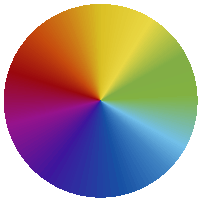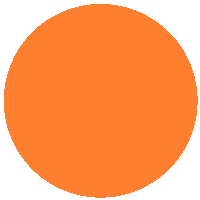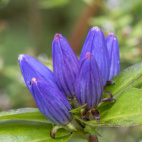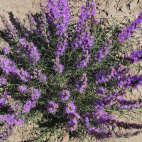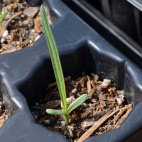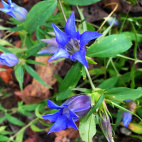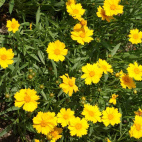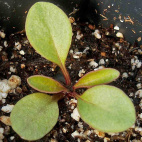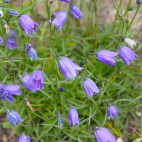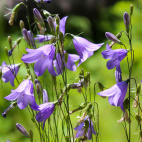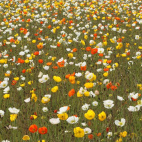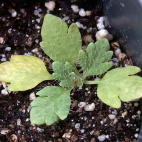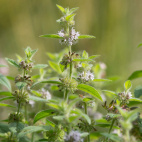Color
Availability
USDA Zone
Region
Type
Duration
Season
Germination
Soil
Sunlight
Height
Use
Narrow Your Search
Color
Availability
USDA Zone
Region
Type
Duration
Season
Germination
Soil
Sunlight
Height
Use
Wildflower Seeds - Northern Region
The Northern region is home to our Canadian friends in the eastern provinces, as well as the northern-most part of the Eastern US. This area is characterized by a long, cold winter with lots of snow, and a short humid summer that only lasts about 3 or 4 months. Most of the area is classified as a UDSA Growing Zone 4 or less, and the species that grow here have interesting ways to perpetuate themselves in spite of the short growing season. There are a lot of forests and wetlands in this region, so adequate moisture is hardly ever a problem. Look up your growing zone to make sure that the Northern wildflower seeds that you want to grow are winter hardy. Alternatively, just order annual flower seeds online so that the plant does not need to make it through the winter, but can reseed itself and come back from seed the next year.
-
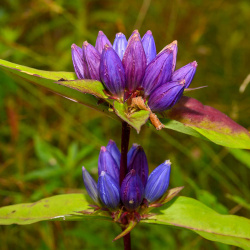 Bottle Gentian Seeds
Gentiana andrewsii
Named for their nearly closed tubular blossoms, these unusual wildflowers look like buds about to burst open. The only way they get pollinated is that bumblebees force their way in and do their duty.Quick View$3.75 Pkt - $100.00 / Oz
Bottle Gentian Seeds
Gentiana andrewsii
Named for their nearly closed tubular blossoms, these unusual wildflowers look like buds about to burst open. The only way they get pollinated is that bumblebees force their way in and do their duty.Quick View$3.75 Pkt - $100.00 / Oz -
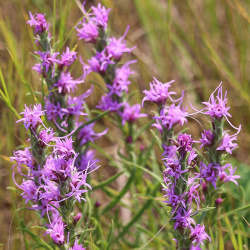 On Sale!
Dotted Blazing Star Seeds
Liatris punctata
A delightful mini version, this Blazing Star is perfect for fresh or dried arrangements. This striking native attracts many butterflies, bees, and hummingbirds. This perennial slowly grows a corm under the ground, which will grow out year after year.Quick View$3.75 Pkt - $26.00 / Oz
On Sale!
Dotted Blazing Star Seeds
Liatris punctata
A delightful mini version, this Blazing Star is perfect for fresh or dried arrangements. This striking native attracts many butterflies, bees, and hummingbirds. This perennial slowly grows a corm under the ground, which will grow out year after year.Quick View$3.75 Pkt - $26.00 / Oz -
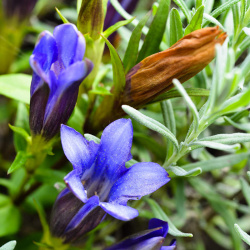 Out Of Stock
Downy Gentian Seeds
Gentiana puberulenta
Nearly identical to the traditional European gentian, this American native tolerates drought better than it's cousin. The deep violet blossoms spring up in prairies or rocky ground.Quick Viewx
Out Of Stock
Downy Gentian Seeds
Gentiana puberulenta
Nearly identical to the traditional European gentian, this American native tolerates drought better than it's cousin. The deep violet blossoms spring up in prairies or rocky ground.Quick ViewxDowny Gentian Seeds
Gentiana puberulenta
Nearly identical to the traditional European gentian, this American native tolerates drought better than it's cousin. The deep violet blossoms spring up in prairies or rocky ground.
$3.96 Pkt - $200.00 / Oz -
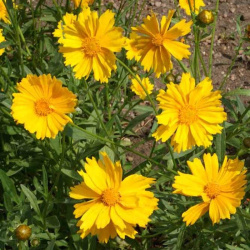 On Sale!
Dwarf Lance Leaved Coreopsis Seeds
Coreopsis lanceolata
These easy-to-grow wildflowers are a shorter member of the family that bloom late summer. A popular choice of beginning gardeners and master gardeners alike, who have limited space in their garden.Quick View$3.48 Pkt - $7.92 / Oz
On Sale!
Dwarf Lance Leaved Coreopsis Seeds
Coreopsis lanceolata
These easy-to-grow wildflowers are a shorter member of the family that bloom late summer. A popular choice of beginning gardeners and master gardeners alike, who have limited space in their garden.Quick View$3.48 Pkt - $7.92 / Oz -
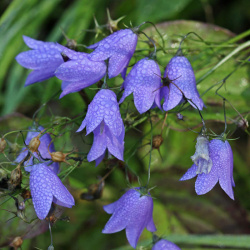 Harebell Seeds
Campanula rotundifolia
Often identified as Scotland's bluebell, the Harebell can also be found throughout much of North America and Europe. The delicate purple bells add charm and elegance to any garden or planting.Quick View$3.96 Pkt - $320.00 / Oz
Harebell Seeds
Campanula rotundifolia
Often identified as Scotland's bluebell, the Harebell can also be found throughout much of North America and Europe. The delicate purple bells add charm and elegance to any garden or planting.Quick View$3.96 Pkt - $320.00 / Oz -
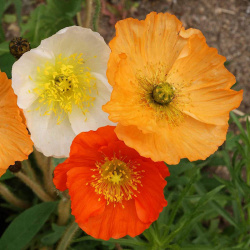 On Sale!
Iceland Poppy Seeds
Papaver nudicaule
This hardy poppy comes from the arctic regions of Canada and Europe, so makes an excellent choice for areas with harsh winters. The large blossoms often self-sow and are highly attractive to bees and butterflies.Quick View$3.48 Pkt - $13.34 / Oz
On Sale!
Iceland Poppy Seeds
Papaver nudicaule
This hardy poppy comes from the arctic regions of Canada and Europe, so makes an excellent choice for areas with harsh winters. The large blossoms often self-sow and are highly attractive to bees and butterflies.Quick View$3.48 Pkt - $13.34 / Oz -
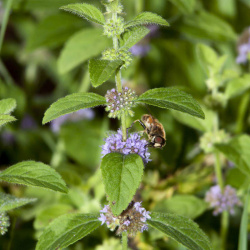 On Sale!
Wild Mint Seeds
Mentha arvensis
Containing a valuable essential oil, the leaves of this mint have numerous culinary and medicinal uses. This very minty perennial also bears small white to lavender flowers that always create a buzz among the honeybees.Quick View$3.75 Pkt - $120.00 / Oz
On Sale!
Wild Mint Seeds
Mentha arvensis
Containing a valuable essential oil, the leaves of this mint have numerous culinary and medicinal uses. This very minty perennial also bears small white to lavender flowers that always create a buzz among the honeybees.Quick View$3.75 Pkt - $120.00 / Oz
The Northern region is home to our Canadian friends in the eastern provinces, as well as the northern-most part of the Eastern US. This area is characterized by a long, cold winter with lots of snow, and a short humid summer that only lasts about 3 or 4 months. Most of the area is classified as a UDSA Growing Zone 4 or less, and the species that grow here have interesting ways to perpetuate themselves in spite of the short growing season. There are a lot of forests and wetlands in this region, so adequate moisture is hardly ever a problem. Look up your growing zone to make sure that the Northern wildflower seeds that you want to grow are winter hardy. Alternatively, just order annual flower seeds online so that the plant does not need to make it through the winter, but can reseed itself and come back from seed the next year.

